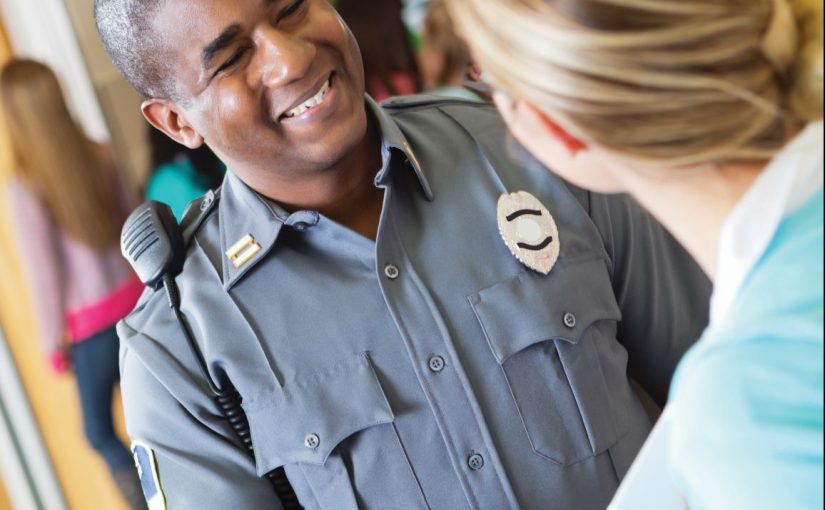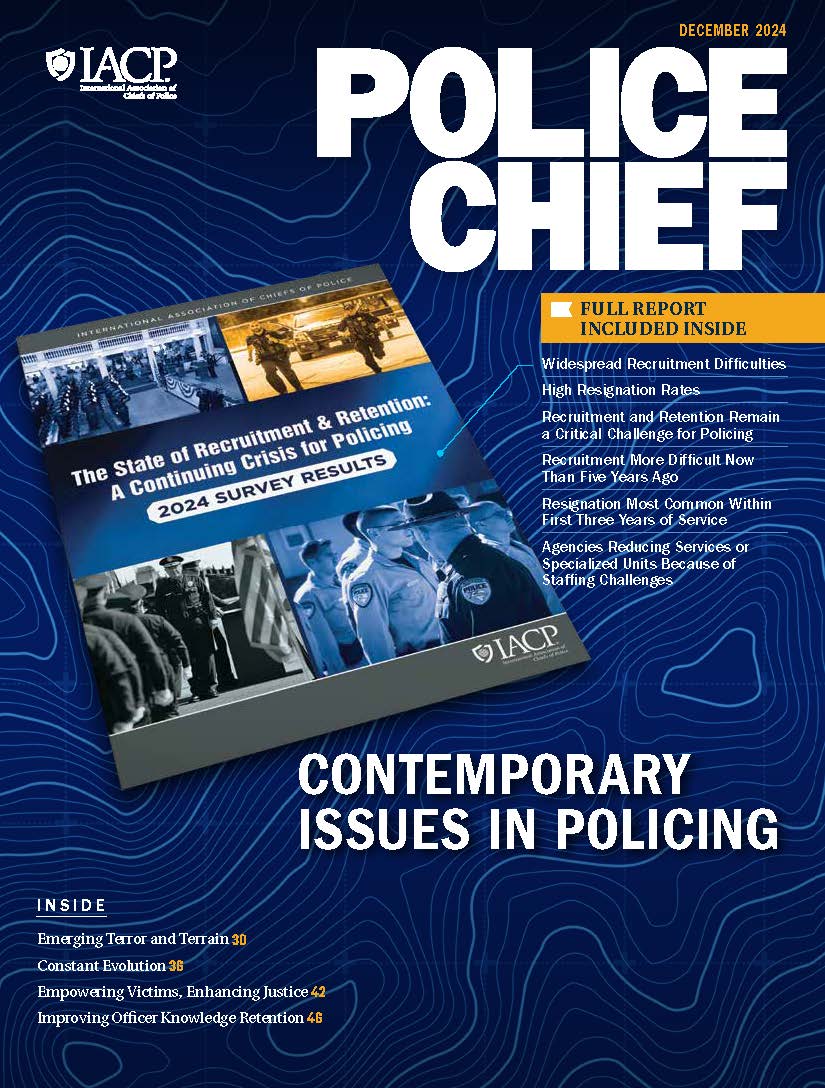
Homelessness. Mental illness. Substance use disorders. Law enforcement officers are routinely responding to calls in the community related to these three issues, and they are expected to have instant solutions to what are very complex situations.
nce an officer is on the scene of a call involving homelessness, mental illness, or substance use disorders, there are two questions to be considered. First, is the officer aware of alternative solutions to incarceration? If so, will those alternative solutions effectively assist the person standing in front of the officer at that moment? Many times, the answer to one or both of these questions is no.
If the answer to either question is “no,” then officers deploy one of the traditional solutions they are aware of and equipped to provide at that time—ticketing, jail, hospitals, or clearing the call because the person is not a danger to self or others. Effective? Maybe in the moment. However, many times, in a matter of days, or even hours, officers find themselves on another call that involves the same person, with the same issue, usually in the same place—only to employ one of the other limited approaches that they didn’t use during the last interaction.


